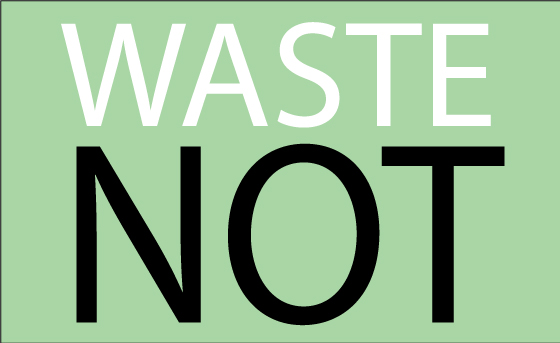Waste Not
How dare we disregard local organic dairy

October 4, 2016
While grocery shopping recently within the dairy aisle of Just Local Food Co-op in Eau Claire, I arrived at the selection of milk, choosing the glass bottle from Crystal Ball Farms. As I checked out, an employee said it came from a local farm and if I returned the empty bottle, I would be refunded for the bottle.
After milking my research skills for all they’re worth and talking to folks at Crystal Ball Farms, I realized the monetary compensation for returning a glass bottle is tiny in comparison to the positive effect of supporting organic dairy farms.
The direction the dairy industry’s heading is hopeful, as well as disconcerting.
An article in the New York Times, “How Growth in Dairy is Affecting the Environment,” cites that the dairy industry is expected to grow by 50 percent between 2005 and 2050. Of American milk, 20 percent is produced in the San Joaquin Valley of California. Here, air pollution has become a concern to environmentalists and residents thanks to airborne pollution particles, which put those in close proximity at risk of heart attacks and strokes.
In Osceola, Wisc., mindful preparation is exercised in every step. According to Jessi Fouks, creamery manager at Crystal Ball Farms, they grow the same grass their cows eat and closely monitor the health of each of the 60-100 cows producing roughly 18,000-20,000 lbs. of milk per week.
Unlike most dairy farms, when milk is ready to be brought to the stores, it’s put in glass bottles rather than plastic, reflecting their green initiative. If any extra milk is produced, the raw content is sent to creameries so that not a measly two percent goes to waste.
Fouks sees the push for organic, local food creating a positive change in the dairy industry. The increase in demand has largely come from co-ops such as Just Local Foods as well as smaller cafes and restaurants.
Having grown up on a dairy farm where she saw her uncle pay similar levels of attention to dairy production, Fouks said she values their method as well as treatment of animals. The cows are happy, she said.
She has witnessed the pressure for other small dairy farms to make way for larger dairy corporations. “A lot is lost from that small farm concept,” she said.
Dairy Farms must be operating organically, at minimum, for 36 months in order to be certified, according to the United States Department of Agriculture, making it necessary for farms considering the switch to apply an intense organic systems plan. Skimming the surface isn’t a choice in this operational change.
The same article stated that around 80 percent of organic dairy farms reside in the Northeast and Upper Midwest. Crying over spilled milk by supporting conventional dairy farms is a loose argument when there are many alternatives in our local neighborhood grocery.
Around six months ago I visited the Radichino organic dairy farm in Ischia di Castro, Italy. Milling around the green fields, I saw goats and cows roaming and eating grass under warm sunlight. Family members guided our group of students through the process of collecting milk and preparing cheese. As we began to make pecorino cheese, temperatures and other measurements were closely guarded. They told us the process was different every day seeing as there were a multitude of numbers one must watch.
It became clear the organic dairy industry is an art monitored by science.
I witnessed slow food in action and how this family tradition is supported by surrounding communities. In the wave of high demands, this attention to detail has been sidelined as farmers are put increasingly under pressure.
Demand for the dairy industry will continue to grow. However by investing in our local farmers, we can make sure the environment and animals aren’t spoilt in the process.
